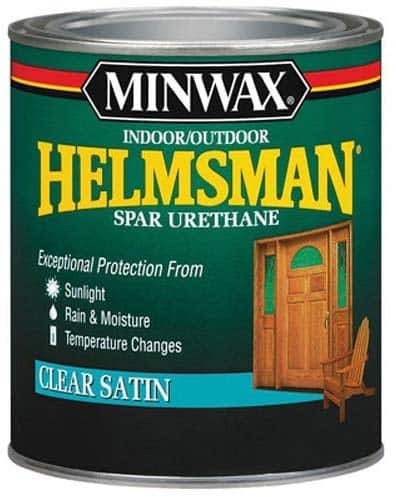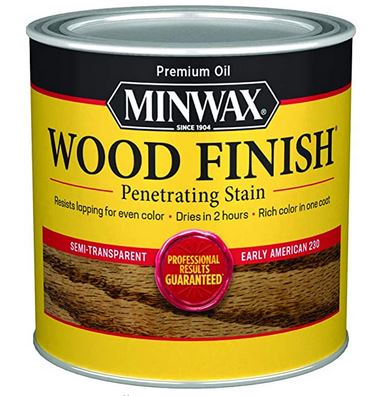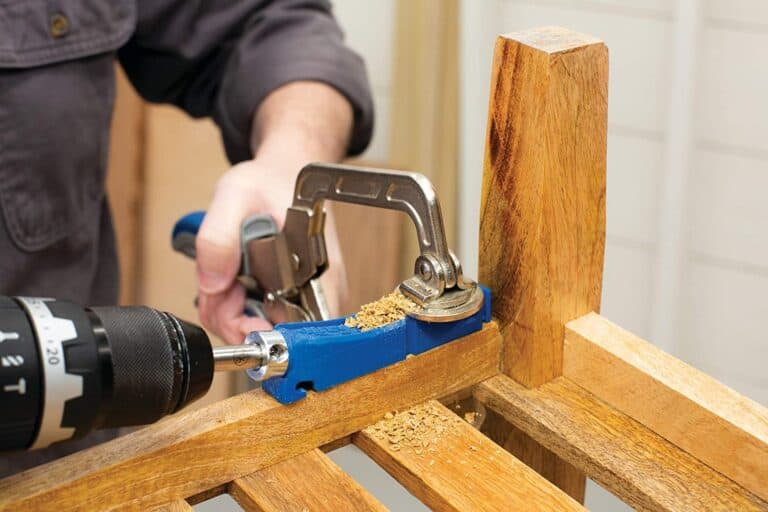If you have a wood shop or you do a lot of DIY you have a wood sealer or wood stain. We all love the application of the wood sealer and wood stain but don’t always know how we should store the leftover for use at another time. In my wood shop I have several different types of wood sealer and stains and wondered the same thing. So I did a lot of research and wanted to share the information so you get the most out of your wood sealer or wood stain.
Storing your wood sealer is crucial to the wood sealer being optimal. Some oil-based wood sealers state they are “freeze-thaw stable” it is to store them above 32 degrees. Water-based wood sealers are more susceptible to freezing and need to be stored in a place above 32 degrees.
How Do You Store Leftover Wood Sealer

We love what we do with our wood projects in our wood shops and garages. We go out and get our wood sealer to finish the project and are happy with the outcome of the wood project.
If you would like to know more about how to apply wood sealer take a look at my article – “How Do You Seal Your Wood Signs” here.
Then we look around and see the extra wood sealer we purchased because buying a gallon was a better cost and then think I know I will use that again. How do you store the wood sealer to keep it optimal for use later?
If you live in an area where it gets extremely cold you need to consider your wood sealer and where to store it. Although some of the wood sealers state they are “freeze-thaw stable” it is still a good idea to store them in a place where the temperature is best.
A general rule is a dry place where it won’t be impacted by temperatures below 32 degrees.
| Wood Sealer | Temperature |
|---|---|
| Oil Based | 32 – 90 degrees |
| Water-Based | 32 – 90 degrees |
Please note this is a general rule I am applying to all wood sealers. Additionally, you will not want to use these as a guideline for the best temperature to apply to your wood sealer as they will fluctuate as well. Of course, you will want to refer to your wood sealer manufacture specifications.
Knowing your wood sealer will alter its state when frozen and thawed should give you a pause when considering where they are to be stored. When the wood sealer’s state is altered from being frozen is less effective in its application and would affect the appearance of your wood project.
Let’s look at the two most common wood sealers on the market and see what specifically you need to know.
Oil Based Wood Sealers
The tried and true oil-based wood stains are seen as the “go-to” wood sealer. They are proven to last, easy to apply, predictable and most of all from this article’s perspective supposed to be freeze-proof.
For the most part, they are, however, I wanted to mention a few housekeeping items. When storing your oil-based wood sealer you will need to ensure the below.
- Store in a nearly full container
- Ensure the lid is closed and tight – the oil-based sealer can develop a gel on the top of the wood sealer if the lid is not closed and air is allowed to evaporate.
- Normally if stored and with the best temperature range – stored correctly oil based wood sealer can last up to four or five years.
Waterborne Wood Sealer
Water-based or waterborne wood sealers are a fairly new addition to the marketplace for wood sealers. They provide an easier way to apply the wood sealer, drying time is better, cleaning is easier with soap/water and you typically don’t have the fumes that are associated with oil-based wood sealers.
Some manufacturers state that they have created a freeze-proof water-based wood sealer. However, it may not be full-proof and I would exercise caution and consider storing it in a dry place above 32 degrees. If your water-based wood sealer does freeze it will degrade the sealer. This will cause the water-based sealer when you apply to your wood a gritty texture and not the smooth more desired application.
When storing your water-based wood stains you will need to ensure the below.
- Store in a nearly full container
- Ensure the lid is closed and tight – if the water-based sealer lid is not closed the sealer will evaporate over time.
- Normally if stored and with the best temperature range – stored correctly water-based wood sealer won’t last as long as oil-based but still up to 2 to 3 years.
Let’s look at the different types of wood stains and wood sealers which work very well and I highly recommend them.
Minwax Spar Urethane (Oil Based) – Recommendation #1
I have used this sealer for many years and it is excellent. I apply with a spray applicator and it applies an even coat every time. The sealer contains a hint of red and provides a beautiful finish when dry. Highly recommend the Helmsman Spar Urethane.
PROS:
- Recognized brand name and very reliable
- Easy application
- Even application and fairly quick dry time
CONS:
- Has fumes while drying
- Dry time a little longer – But well worth the wait
If this works for your wood shop you can purchase the Minwax Helmsman Spar Urethane from amazon here.
Minwax Wood Finish Penetrating Stain – Recommendation #2
There are many different colors and types of stains on the market. For our wood sign business, we use Minwax with the Early American 230 stain pretty much exclusively.
Over the years this strain has proven its worth and durability to provide the best stain and easiest stain to work with. It gives a beautiful final product which is why I won’t use any other product than Minwax.
PROS:
- Minwax available in 28 different colors
- Dries in 2 hours
- Great penetrating stain for long lasting finish
- Low Oder
CONS:
- Can be a little more expensive
If this works for your wood shop you can purchase the Minwax wood stain at amazon here.
How to Store Polyurethane
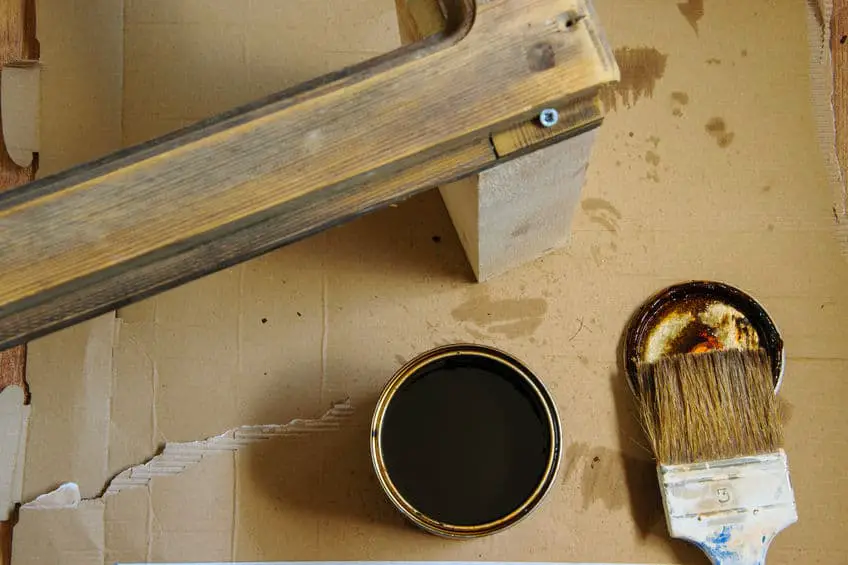
Polyurethane sealer is a type of wood sealer. It can be, depending on the brand, oil-based or water-based. This wood sealer is great at sealing wood such as wood signs, wood floors, stair banisters, wood trim, and more.
When considering how you store the polyurethane sealer take the below steps to ensure it is ready to use for your next wood project.
- Ensure the prior to putting the lid back on your clean all around the edges of the can. This will provide a tight seal and prevent air from entering or escaping.
- Using a clean rag place on top of the can and tap firmly all around the edge pushing the lid back into place with a rubber mallet or hammer. Be careful not to tap to heavy as it may bend the edge and not provide the air tight seal.
- Wipe the edge of any excess wood sealer if needed.
- Place the can in a storage area which is dry and will have a temperature range above 32 degrees and less than 90 degrees. This is the optimal temperature range for the wood sealer.
- If you were able to seal the lid tightly, place the sealer upside down if possible. This will help keep any air leakage while being stored.
How Long Does Wood Sealer Last
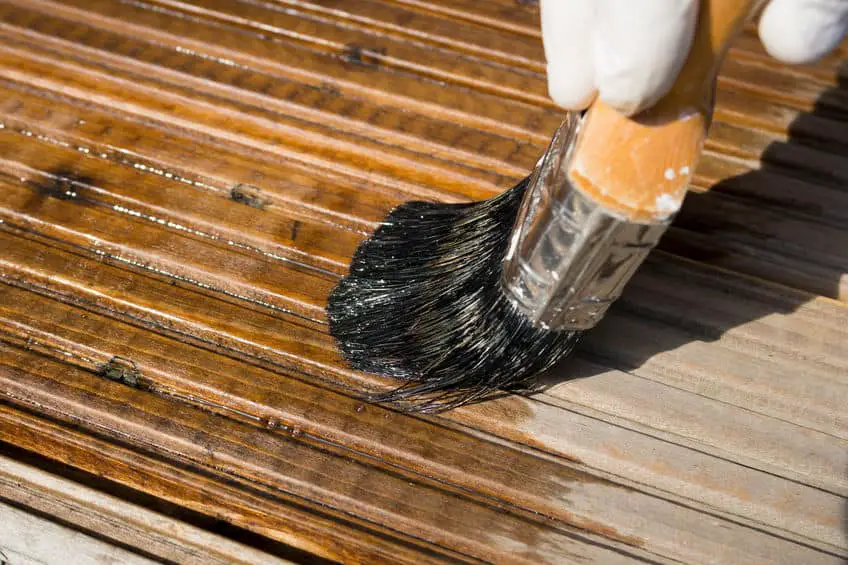
To determine how long does the wood sealer lasts I will break it down into two categories. The first will be from a storage perspective, how long can wood sealer be stored, and the second will be from an application perspective, application – after you apply to wood. As we all tend to forget the wood sealer when we store it I would suggest using a marker and write on top of the can the date you placed it in storage.
If you would like to know more about how to apply wood staining take a look at my article – Wood Sign Staining Basics And Techniques – Useful Guide DIY” here.
How Long Can Sealer Be Stored
As mentioned above wood sealer comes in basically two different types, oil-based and water-based. When storing your wood sealer if you marked the date on the can when you placed it in storage it will help you determine how long it has been in storage.
Wood sealer oil-based typically has a shelf life of 4-5 years if stored properly. If you are storing a water-based sealer it will typically have a shelf life of 2-3 years.
Please note to consult your manufacture documentation for detailed information on your particular wood sealer product.
Application – After You Apply To Wood
The going rate for wood sealers either oil-based or water-based is yearly. If you apply to your deck for example you may want to inspect the sealer yearly due to the exposure to weather elements. In my wood sign business, for example, I recommend if you are placing outside to seal the wood sign at least once a year if exposed to sunlight (UV rays), and rain or snow.
Each manufacture will have its own recommendations, however, the variables to consider are the climate you live in and the amount of type the wood you have sealed is exposed to those elements.
If the wood you have sealed is indoors for example you may not have to re-seal the wood for many years or ever. This of course is due to it not being exposed to the elements of weather. However, indoors you will need to consider the amount of humidity in the indoor space.
Does Wood Sealer Go Bad?
Wood sealer is a very resilient product and unlike wood stain, it does last longer. If you have any leftover wood sealer ensure you follow the steps mentioned above to store properly and if it is oil-based it will last up to approximately 5 years and for water-based approximately up to 3 years.
In my research, this was the case with most of the different types of wood sealers whether oil-based or water-based. Please ensure you consult the manufactures information for the particular brand you have purchased or planning on purchasing.
How Long Is Stain Good For In A Can
There is varying opinion on how long is stain good for in a can. However, I want to include this subject because it seemed associated with storing sealer and the majority of the time wood stain and wood sealer go together.
If you are storing your wood stain in a can you roughly go to get a good year (1 year) before it starts to go bad? However, that time can be extended if the can is unopened and you store it in a good place not allowing the can to freeze and the storage area is dry. This is a good rule of thumb if you want to think that way.
However, if the can have been opened or left open you can consider the wood stain shelf life to be much shorter. The wood stain will evaporate and a gel will form on the top of the wood stain creating a bad scenario for use.
Can You Store Wood Stain In Glass
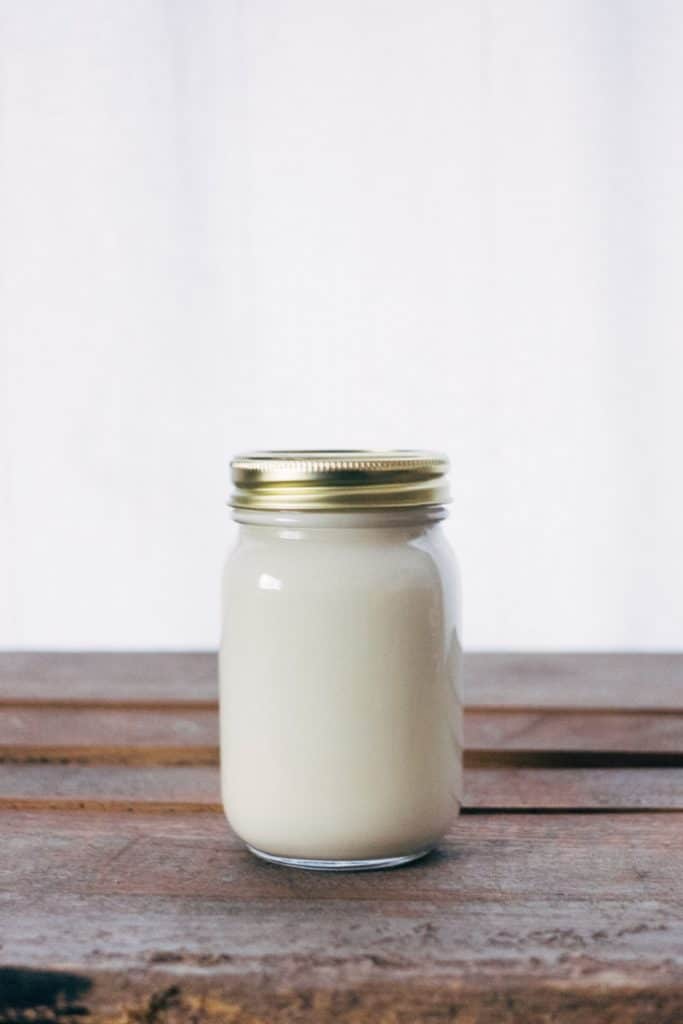
The simple answer is yes you can and it is recommended if you are storing your wood stain. It provides visibility to your stain and you can see whether or not you would want to use it.
A few more things to point out about storing wood stain in a glass. When storing wood stain you will want to keep oxygen out as much as possible. If oxygen gets into your storage container the stain will begin to dry and this is not what you want when you store wood stain.
Another note to consider is to not store in plastic. Oxygen can penetrate plastic containers and cause the stain to begin to dry inside the plastic. This is why it is highly recommended you store your wood stain in a can with a good seal or a glass container, such as a jar, with a good seal to keep your wood stain fresh and ready to use.
Conclusion
Storing your wood sealer and wood stain is critical to saving money and being able to continue to use the wood sealer or wood stain over and over. Properly storing ensures that success.
Store with can or glass container airtight in an environment where it is dry and above 32 degrees to ensure it will not freeze. This is the key to your wood sealing and wood staining success.



